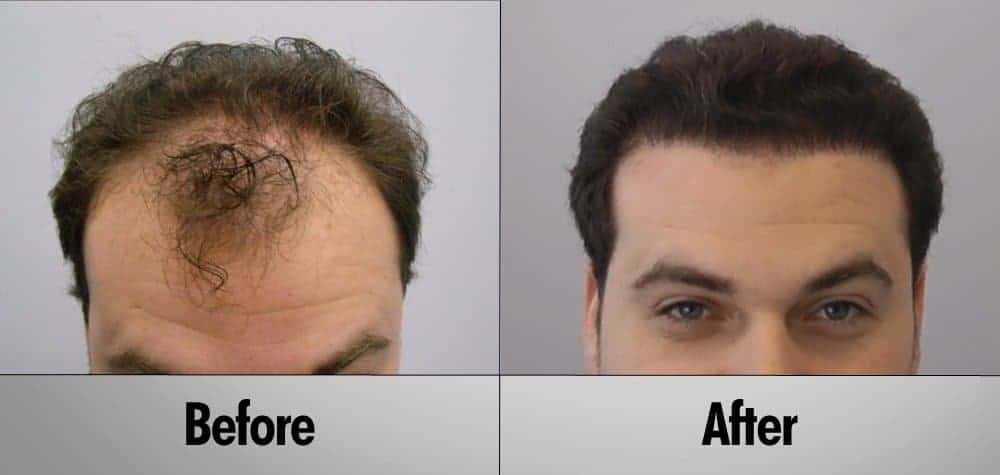When considering hair restoration, individuals often encounter two primary methods: traditional hair transplants and the more innovative stem cell hair transplants. Achieve natural hair restoration with a stem cell hair transplant in Riyadh, offering advanced solutions for hair loss. While both aim to combat hair loss, they differ significantly in their approach, techniques, and potential outcomes. Here's a breakdown of the key differences:
Traditional Hair Transplants:
- Method:Traditional hair transplants, such as Follicular Unit Transplantation (FUT) and Follicular Unit Extraction (FUE), involve physically moving hair follicles from a donor area (typically the back of the scalp) to the recipient area (the balding area).
- FUT involves removing a strip of scalp, while FUE extracts individual follicles.
- Focus:The primary focus is on relocating existing healthy hair follicles.

- It relies on the availability of sufficient donor hair.
- Invasiveness:These procedures are more invasive, involving incisions and potential scarring.
- FUT, in particular, leaves a linear scar.
- Recovery:Recovery time can vary, with potential discomfort and restrictions on activity.
- Results:Results are generally visible and relatively predictable, providing noticeable hair density.
Stem Cell Hair Transplants:
- Method:Stem cell hair transplants focus on stimulating the growth of existing dormant hair follicles.
- It involves extracting stem cells from a small tissue sample (often from the scalp or fatty tissue) and injecting them into the recipient area.
- The goal is to regenerate the hair folicles that are already in the scalp.
- Focus:The focus is on regenerating and revitalizing existing hair follicles.
- It aims to increase hair density by stimulating natural hair growth.
- Invasiveness:This procedure is generally less invasive, with minimal scarring and reduced downtime.
- Recovery:Recovery is typically faster and less uncomfortable.
- Results:Results are often gradual, with increasing hair density over time.
- This is a newer procedure, and long term results are still being studied.
Key Differences Summarized:
- Source of Hair Growth:Traditional: Relocating existing follicles.
- Stem Cell: Stimulating existing dormant follicles.
- Invasiveness:Traditional: More invasive, with incisions and scarring.
- Stem Cell: Minimally invasive, with reduced scarring.
- Recovery Time:Traditional: Longer recovery period.
- Stem Cell: Shorter recovery period.
- Result Speed:Traditional: faster visible results.
- Stem Cell: gradual results.
Considerations:
- Stem cell hair transplant is a relatively new field, and ongoing research is essential.
- The suitability of each procedure depends on individual factors, such as the extent of hair loss and the availability of donor hair.
- It is very important to consult with a qualified medical professional, when considering either option.
In essence, traditional hair transplants offer a more established and predictable solution for relocating hair follicles, while stem cell hair transplants provide a potentially less invasive and regenerative approach to stimulating natural hair growth.




Comments